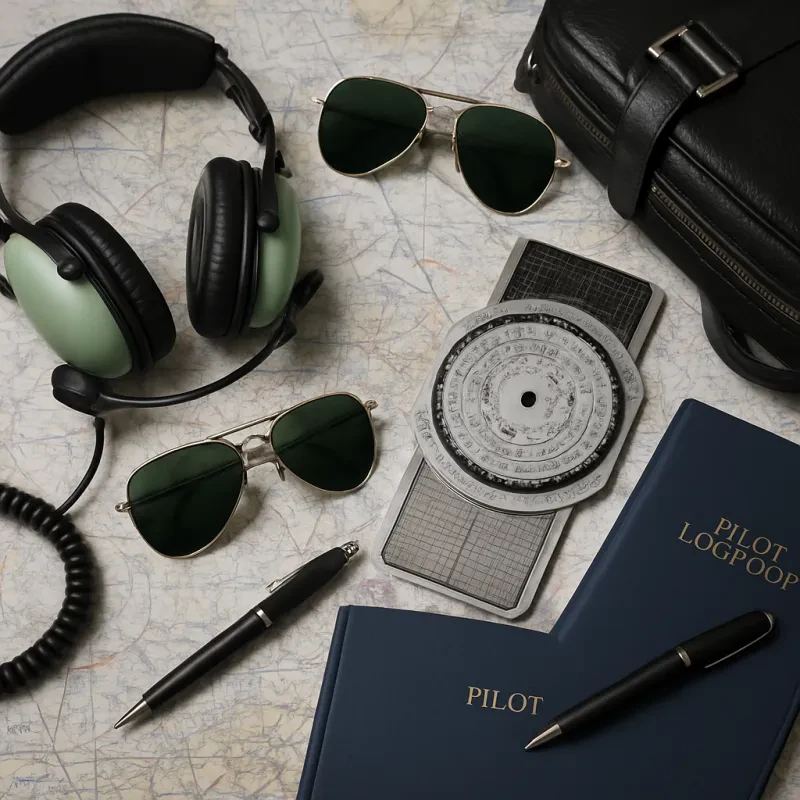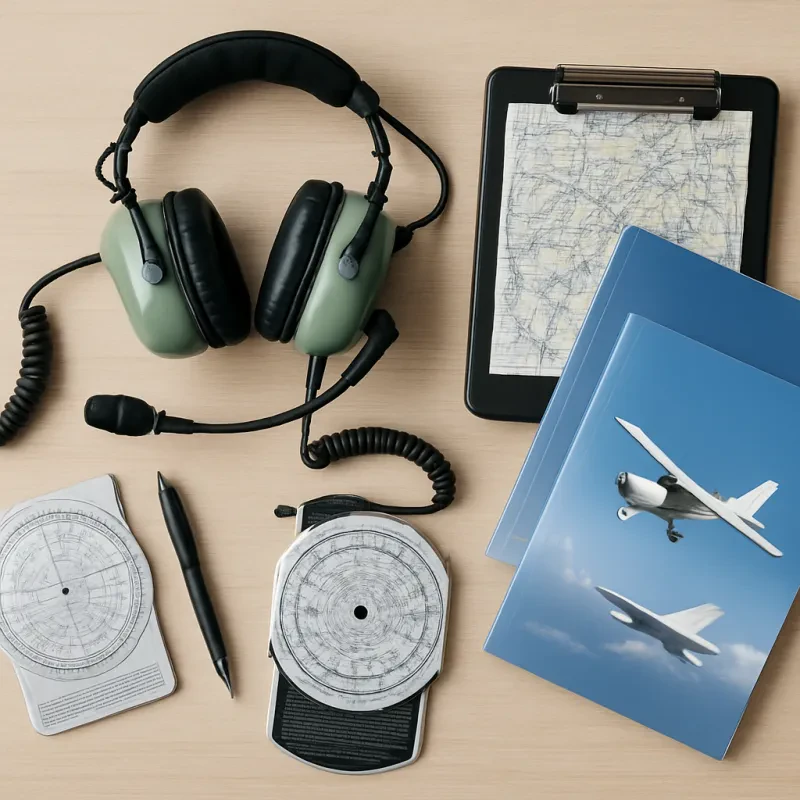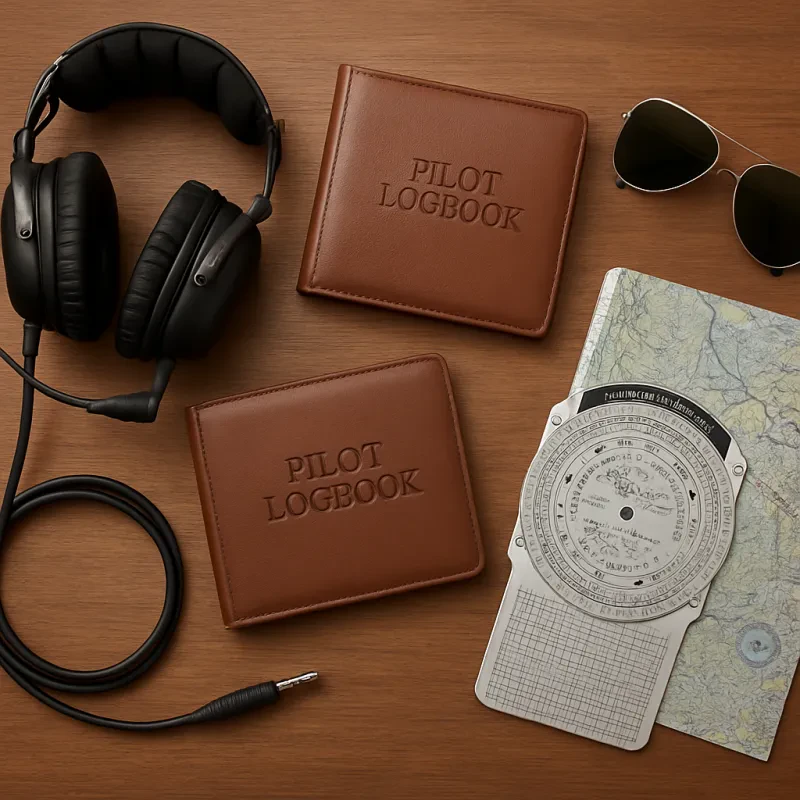Pre-Flight Checklist: Ensuring a Safe Journey's Beginning
Before taking off on any flight, it is crucial to perform a pre-flight checklist to ensure a safe and efficient journey. This checklist is a set of essential steps that every pilot, whether experienced or a beginner at flight school, must complete before each flight. It helps identify any potential issues or hazards that could affect the aircraft's performance or flight safety. Here are the key items on the pre-flight checklist:
1. Exterior Inspection: Take a walk around the aircraft to inspect its exterior thoroughly. Look for any signs of damage, loose or missing parts, or leaks. Ensure that the wings, tail, propeller, and landing gear are all in good condition and securely attached.
2. Interior Inspection: Step inside the cockpit and assess the aircraft's controls, instruments, and systems. Check for proper functioning of the flight controls, navigation instruments, radio communication, fuel system, electrical systems, and emergency equipment. It is also essential to verify the presence of required documents, such as the aircraft's registration and insurance.
3. Fuel Check: Before taking flight, always check the fuel levels. Ensure that there is sufficient fuel for the planned journey, accounting for any possible diversions or unexpected circumstances. Additionally, check for any water or contaminants in the fuel tanks, as this could negatively impact the aircraft's performance.
4. Weather Briefing: Obtain the latest weather information for the route of your flight. Pay close attention to factors such as wind speed, visibility, cloud cover, and any significant weather phenomena such as thunderstorms. This information will help you plan your flight accordingly and make any necessary adjustments to ensure a safe journey.
By diligently performing these pre-flight checklist items, pilots can significantly reduce the risk of potential issues during their flight. It may seem time-consuming, but ensuring the safety and efficiency of the flight should always be the top priority for every pilot.
Navigating the Runway: The Art of Takeoff
Welcome to Flight School Basics! In this article, we will delve into the crucial aspects of takeoff and landing, focusing first on the art of takeoff. Navigating the runway with precision and confidence is essential for every pilot, so let's explore the key elements required to master this fundamental skill.
1. Pre-flight Preparation
Before takeoff, thorough pre-flight preparation is paramount. This involves a meticulous inspection of the aircraft to ensure everything is in order. From checking the fuel and assessing the engine's condition to examining the landing gear and control surfaces, every aspect must be carefully inspected to guarantee a safe departure.
Once the aircraft has been cleared for takeoff, reviewing the flight plan and consulting weather reports are essential. Understanding the wind speed and direction will help determine the appropriate takeoff and landing techniques. Whether it's a headwind, tailwind, or crosswind, pilots must be prepared to adjust their strategies accordingly.
2. Taxiing and Positioning
Prior to takeoff, pilots need to navigate the aircraft to the runway from its parking or hangar spot. This process, known as taxiing, requires meticulous attention to detail. Pilots must follow the air traffic control instructions while adhering to airport guidelines and avoiding obstacles.
Upon reaching the designated runway, precise positioning is vital. Aligning the aircraft's nose with the centerline and ensuring it is parallel to the runway edges helps optimize the takeoff process. Taking time to carefully execute these steps minimizes potential errors and ensures a smoother ascent.
3. Powering Up and Takeoff
When the aircraft is correctly positioned, pilots are ready to power up for takeoff. Applying the appropriate takeoff power, as specified by the manufacturer, is crucial. Simultaneously, monitoring the engine's performance instruments is essential to identify any anomalies or malfunctions.
Once the aircraft reaches its predetermined takeoff speed, known as the rotation speed, it's time to lift off. Applying a gentle pull on the control column or stick, pilots raise the nose of the aircraft to an appropriate attitude, allowing it to climb gracefully into the sky. It is imperative to maintain a well-balanced and coordinated climb to ensure a safe and controlled ascent.
Mastering the art of takeoff is a fundamental skill for every pilot. By following meticulous pre-flight checks, properly taxiing and positioning the aircraft, and executing a smooth and controlled ascent, pilots can ensure safe and confident departures. In the next section, we will explore the equally important skill of landing, completing our journey through the essential aspects of flight school basics.
Soaring with Confidence: Mastering Mid-Air Techniques
Once you have successfully taken off and landed, it's time to focus on mastering mid-air techniques. Whether you're navigating the skies for leisure or pursuing a career as a pilot, improving your mid-air skills is essential to becoming a proficient flyer. From maintaining stability to executing precise maneuvers, here are some crucial mid-air techniques to perfect.
1. Maintaining Stability
In the air, maintaining stability is key to a smooth flight experience. Pay close attention to your aircraft's attitude and balance. Keep your eyes on the horizon to ensure you're flying level and maintaining a consistent altitude. Adequate control inputs and adjustments will help you counter any environmental factors that could potentially throw you off balance. Proper weight distribution and maintaining a steady speed also contribute significantly to stability.
2. Executing Turns
Mastering turns is an essential skill for any pilot. When initiating a turn, use the ailerons to bank the aircraft while simultaneously applying back pressure on the elevator to control altitude. Keep a close eye on your speed, as turning too sharply or too slowly can lead to instability or loss of control. Practice making precise bank angles and coordinating your rudder inputs to maintain a smooth and controlled turn.
3. Climbs and Descents
Knowing how to efficiently climb and descend is crucial for navigating through varying altitudes. To climb, increase the engine power while simultaneously slightly raising the nose of the aircraft. Be cautious not to stall – maintain a safe airspeed and keep the climb smooth by adjusting power as needed. For descents, reduce the thrust and lower the nose gradually while maintaining a safe airspeed. Being mindful of altitude changes and properly managing your aircraft's energy during climbs and descents will ensure safe and controlled maneuvering.
Graceful Landings: Essential Tips for a Smooth Touchdown
As any pilot will tell you, mastering takeoff and landing is one of the most crucial skills to learn in flight school. After all, a smooth touchdown can make all the difference in a successful flight. In this section, we will explore some essential tips for making your landings as graceful as possible.
Firstly, it is important to maintain a proper approach speed. Flying too fast or too slow can greatly impact the landing. Aim for a speed that allows your aircraft to maintain a stable descent without losing control. Be mindful of wind conditions and adjust your approach accordingly to compensate for any crosswinds.
Another key factor in achieving a smooth landing is proper flare technique. As you near the runway, carefully reduce your descent rate while simultaneously transitioning into level flight. This flare maneuver helps reduce your speed just enough so that the wheels touch the runway gently. Practice this technique during your training until it becomes second nature.
Lastly, the importance of maintaining a good sight picture during landing cannot be overstated. Keep your eyes focused on the end of the runway, using peripheral vision to monitor your altitude and alignment. This will help you gauge the correct rate of descent and make timely adjustments if needed. Remember to avoid fixating solely on the runway threshold, as this can lead to incorrect judgment.


